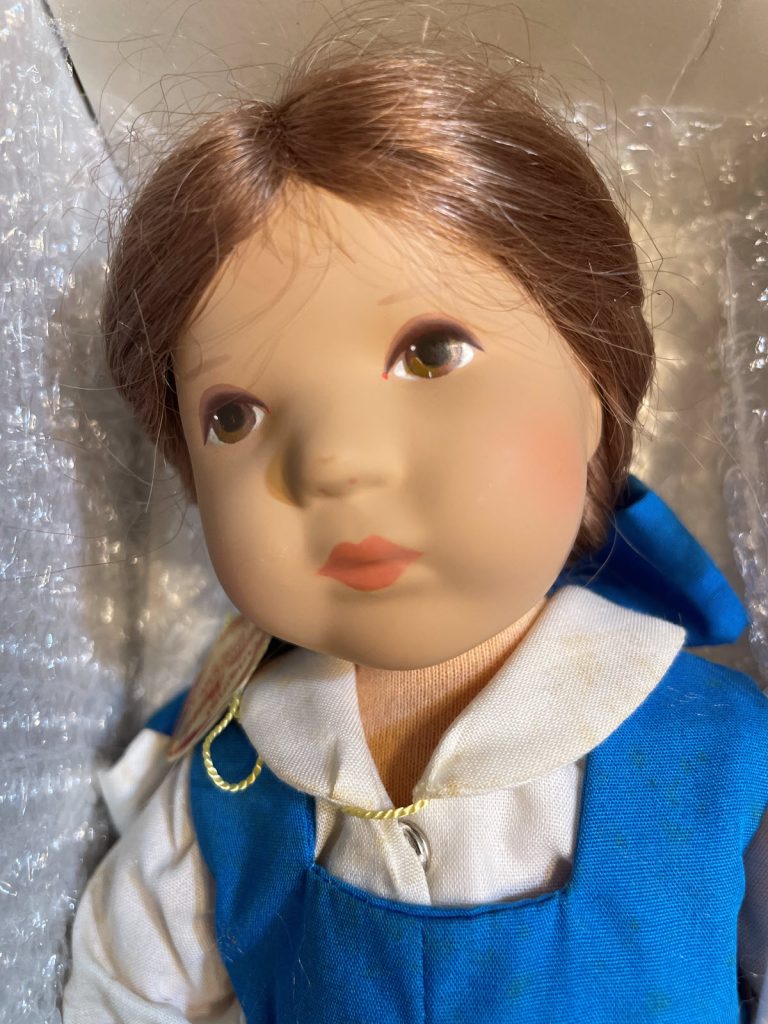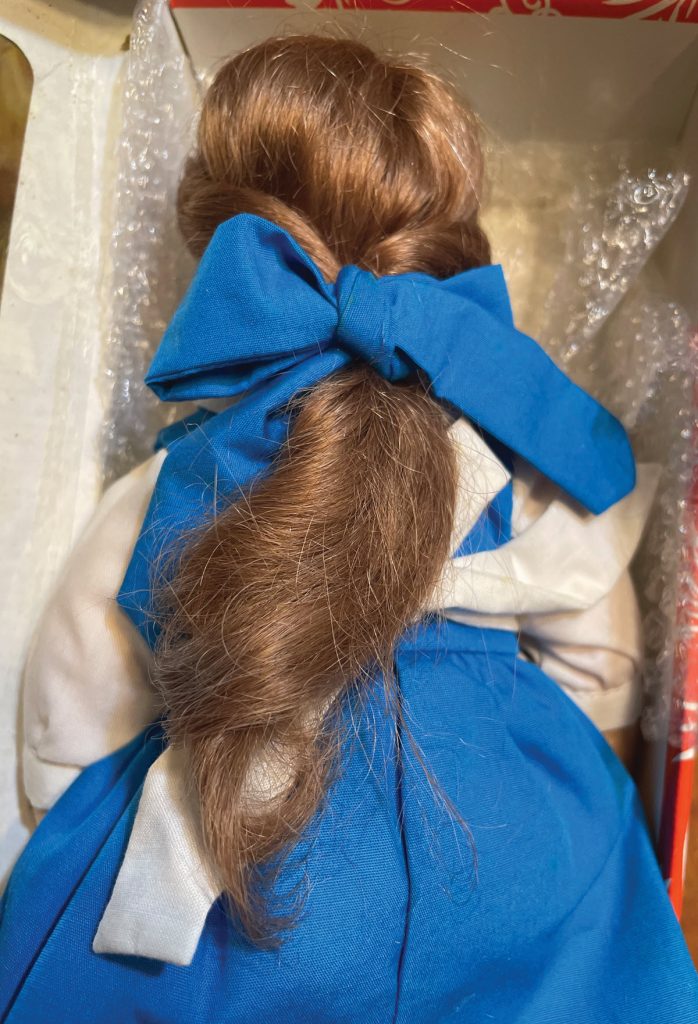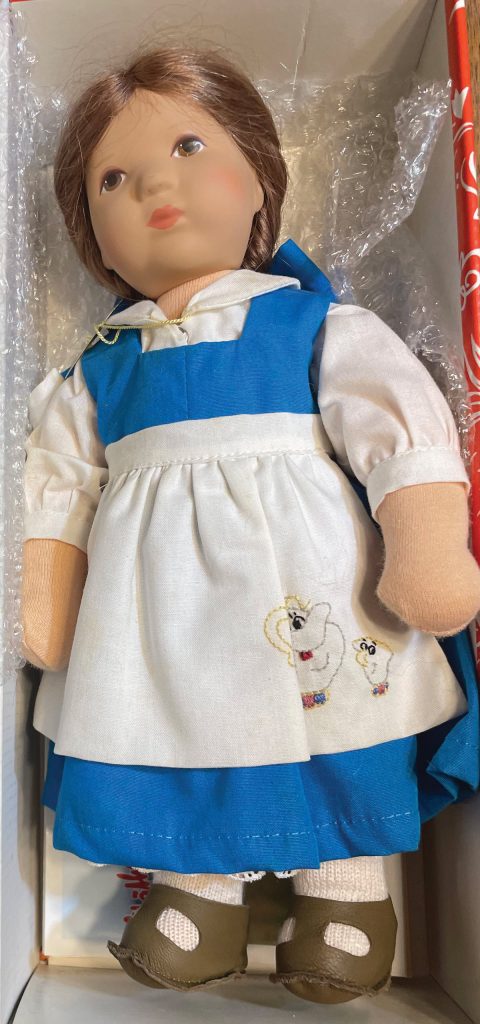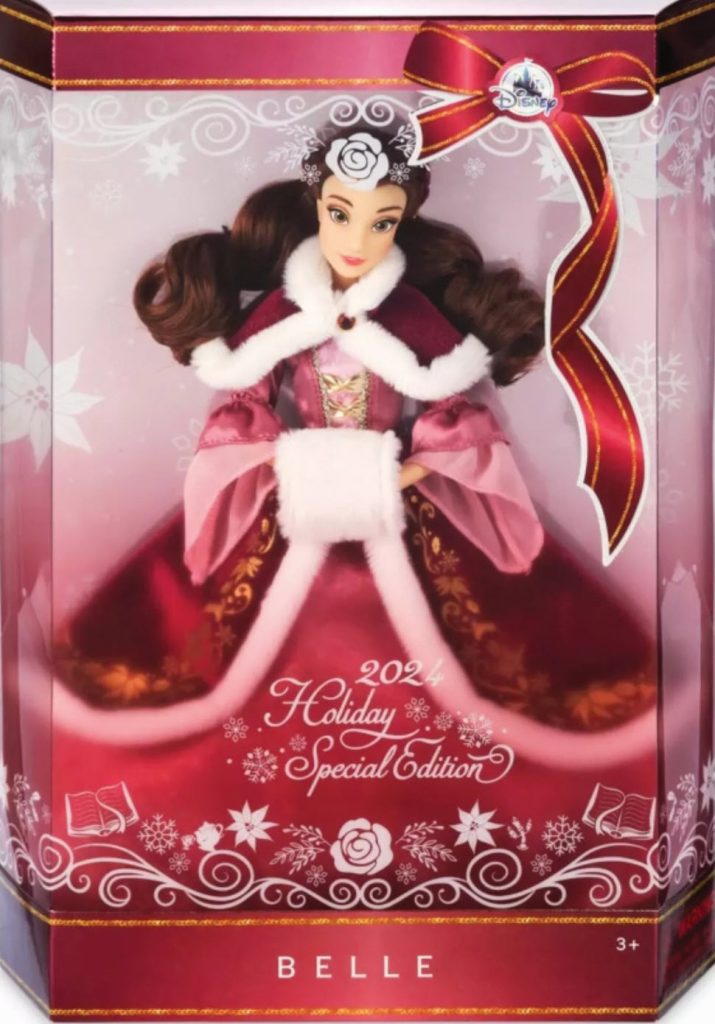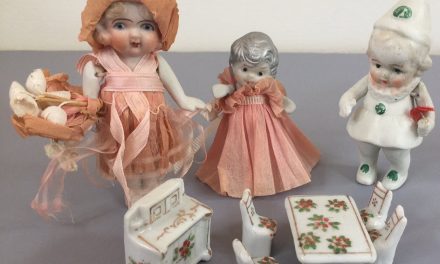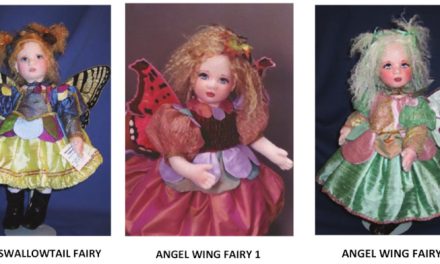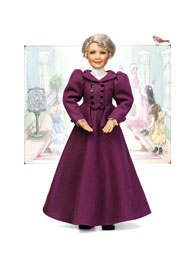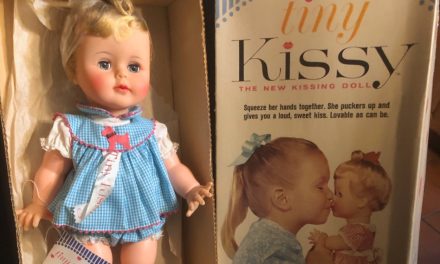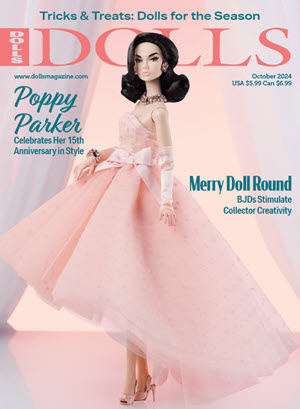By A. Glenn Mandeville
Photos by Robi Blute, except where indicated
Collectors of Käthe Kruse dolls got an exciting surprise in 1996: A character from a popular Disney animated film was produced in doll form as one of the most limited editions ever done by the doll company. This doll took not only Käthe Kruse doll collectors but also Disney collectors on a major hunt. The elusive doll was none other than Belle, the heroine of Disney’s Beauty and the Beast.
Consistent with other limited editions, the price tag was set at $385. Collectors on both sides were full of questions as to why the doll of such a beloved character was made in an edition of only 25 pieces. To better understand the situation, it is important to look at the decades-long history of the marvelous doll company Kruse built.
Company Development
Kruse had always been artistic, and in 1905, she used a towel and some sand to craft her first doll. It was the beginning of a lifetime of experimenting with different mediums and ways to make dolls. One must remember that at that time, dolls were often made of breakable porcelain and could not withstand being dropped or used for casual play.
By 1911, Kruse felt confident enough to open her own business. From the start, her dolls were considered works of art and were loved by children. Fortunately, they were basically unbreakable.
Located in Berlin, Germany, her reputation grew rapidly. It wasn’t long before Kruse’s work became well-recognized in the United States. Much to her surprise, the prestigious FAO Schwarz toy store placed an order for 150 dolls in 1911. Utilizing the skills of her husband and two of her sons, she was able to fulfill the order.
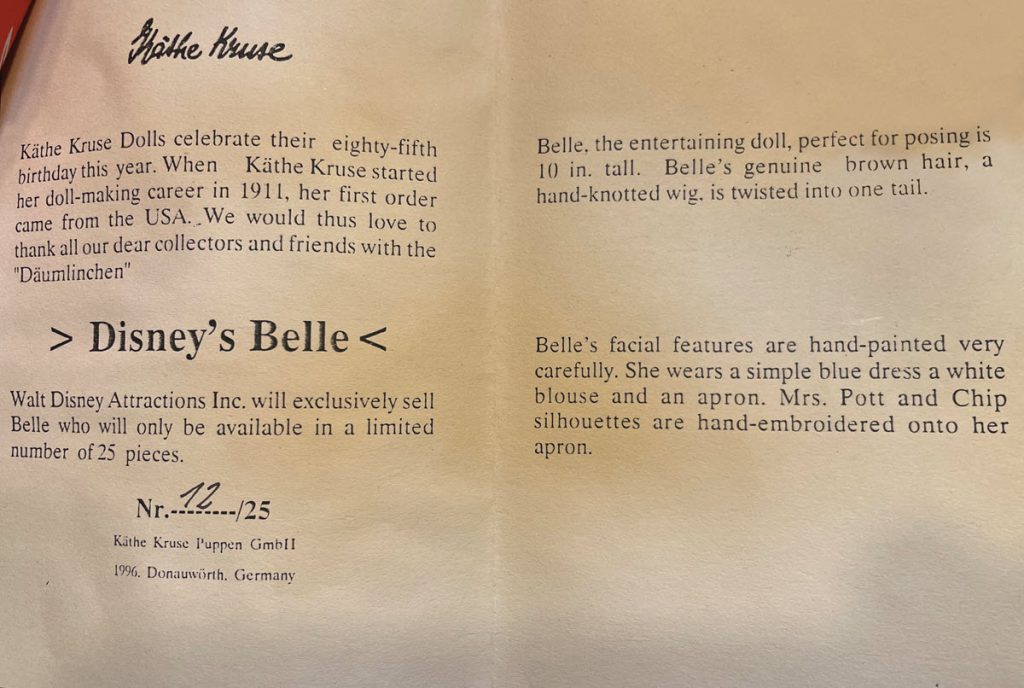
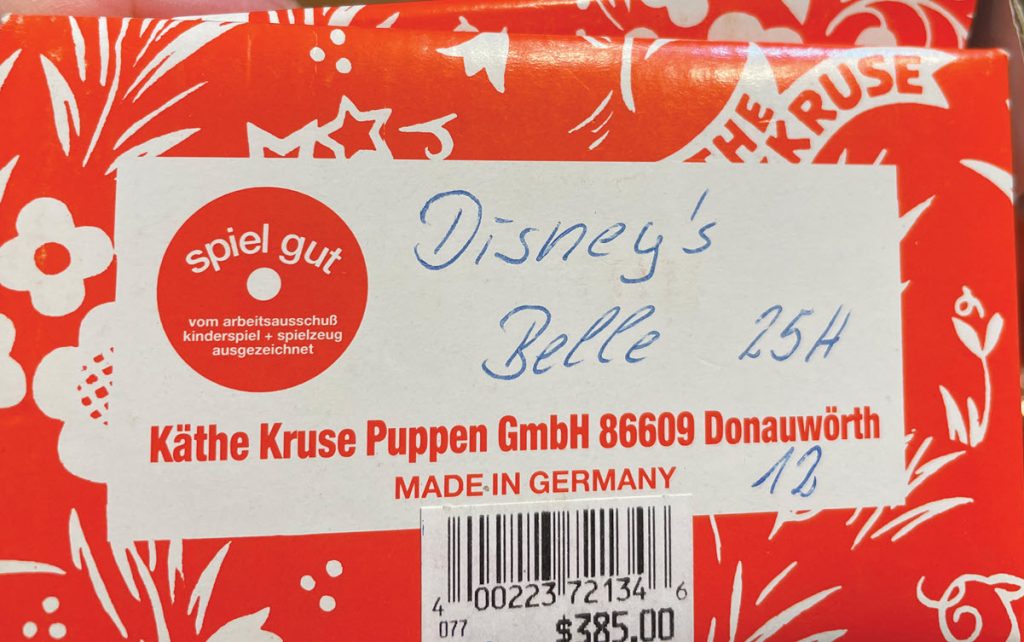
The company became inundated with compliments on the quality of her products, and the next year, FAO Schwarz placed an order for 500 more of her dolls. Now faced with a business that was — to say the least — outgrowing its home, Kruse felt it was time to move to a new location with significantly more room. Relocating to a new facility in Bad Kösen enabled her to keep making dolls up until World War II, when supplies became limited.
After losing two sons to the war and her husband in 1942, Kruse was more determined than ever to make her business world-renowned. Although it was nearly impossible for her to maintain her business in a Soviet environment, she prevailed and was eventually granted a waiver to carry on with her dollmaking. She kept creating her dolls by hand until failing health prevented her from doing so.
Kruse remained in her position as head designer and lived with her daughter Maria in Munich. After her death, the company continued her work, and today, it is still a leader in the production of limited-edition dolls and has a reputation for top-quality design and workmanship. A playline was added to the company’s roster and has been well received. Currently, the company is run by a consortium, whose dedication has remained relatively unchanged.
Beauty Comes From Collaboration
Producing playline dolls and life-size mannequins over the years has made the Käthe Kruse company exceedingly visible to today’s collectors. With the success of Disney’s Beauty and the Beast, the prestigious doll company acquired an expensive limited license to manufacture dolls of Belle, the protagonist of the story. To help explain this bold move, it is necessary to examine not only the movie but, more specifically, the character of Belle.
Collectors are not always familiar with the origins of Beauty and the Beast. Written in 1740 by Gabrielle-Suzanne Barbot de Villeneuve, the book was titled La Belle et la Bête — the same title, but in French. The story was a fairy tale for children. Though popular, it was not an enormous success by today’s standards.
Fast-forwarding more than 200 years, Disney was eagerly searching for a classic tale that could be converted into an animated motion picture. Disney’s past success with princesses — Snow White, Cinderella, and Sleeping Beauty — fueled the direction the company wanted to go, and the long-forgotten French fairy tale was perfect.
Animated sequences released previously had required a great deal of background art. After the release of Snow White, Walt Disney had his animators create lush backgrounds on art boards, with the intention of being able to reuse them in future productions. At the time, Walt Disney was looking at medieval art and his studio produced some of their best work as a reference, possibly for another project.
Once it was decided to move forward with Beauty and the Beast, Disney searched their archives and discovered much of the artwork from years past. Finding the drawings by top animators, they were satisfied that many would be perfect for this latest venture. Not many collectors are aware that the final sequence of Belle and the prince dancing was a duplication of the scene in Sleeping Beauty. In fact, the same cells were used for the motion of the scene, with just the costumes changing.
Through changes to the original story, Disney transformed household objects into new enchanted characters. Belle was further developed as the young lady trapped in the castle with a prince whose attitude cost him his identity, thus turning him into the Beast.
With big names as the voice actors, such as Angela Lansbury and Robby Benson, this new animated film was destined to be a hit. Beauty and the Beast was the first animated picture to be nominated for not just one but six Oscars. It won the Oscars for Best Original Song and Best Original Score, and it went on to win three Golden Globes, five Grammys, and numerous other accolades. The title song, sung by Céline Dion and Peabo Bryson, placed No. 3 on the Billboard Top 40 chart.
Naturally, the publicity the film generated led to countless licensed products being produced. Several prominent doll manufacturers, such as Mattel and the Disney Store, introduced gorgeous dolls and gift sets of the main characters.
It’s unclear how the idea for the cloth Belle doll came about. Some sources say the Käthe Kruse company approached Disney, while others say the opposite. Regardless, the result was a beautiful doll, and it has left a few fortunate collectors with a long-lasting reminder of the film and a doll company known for limited editions of outstanding quality.
A. Glenn Mandeville is the author of numerous books on dolls and doll collecting and writes his Curious Collector column for each issue of DOLLS magazine.

